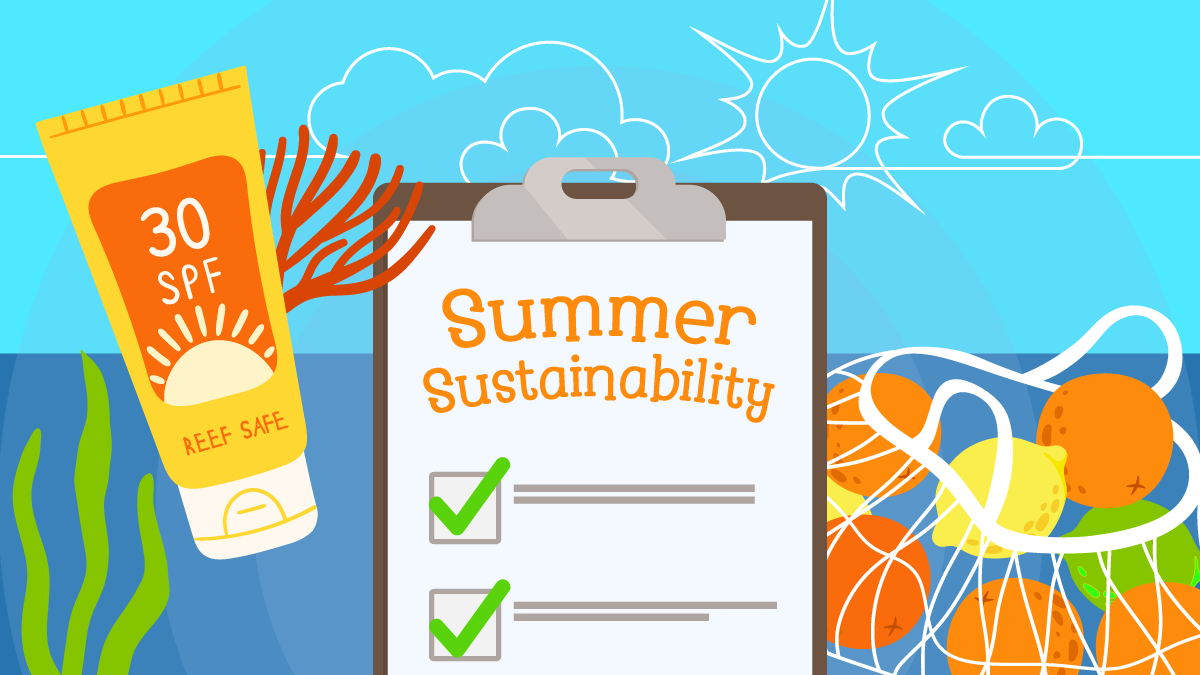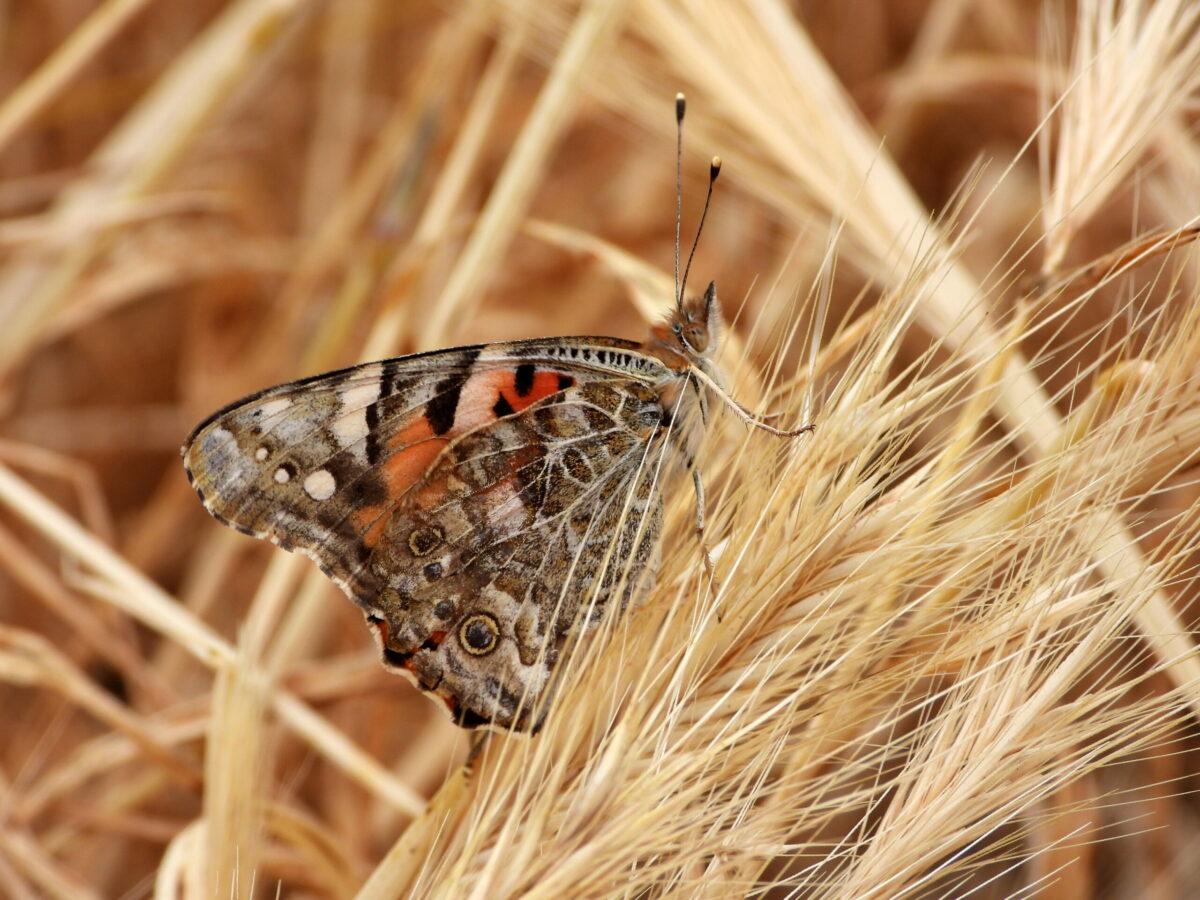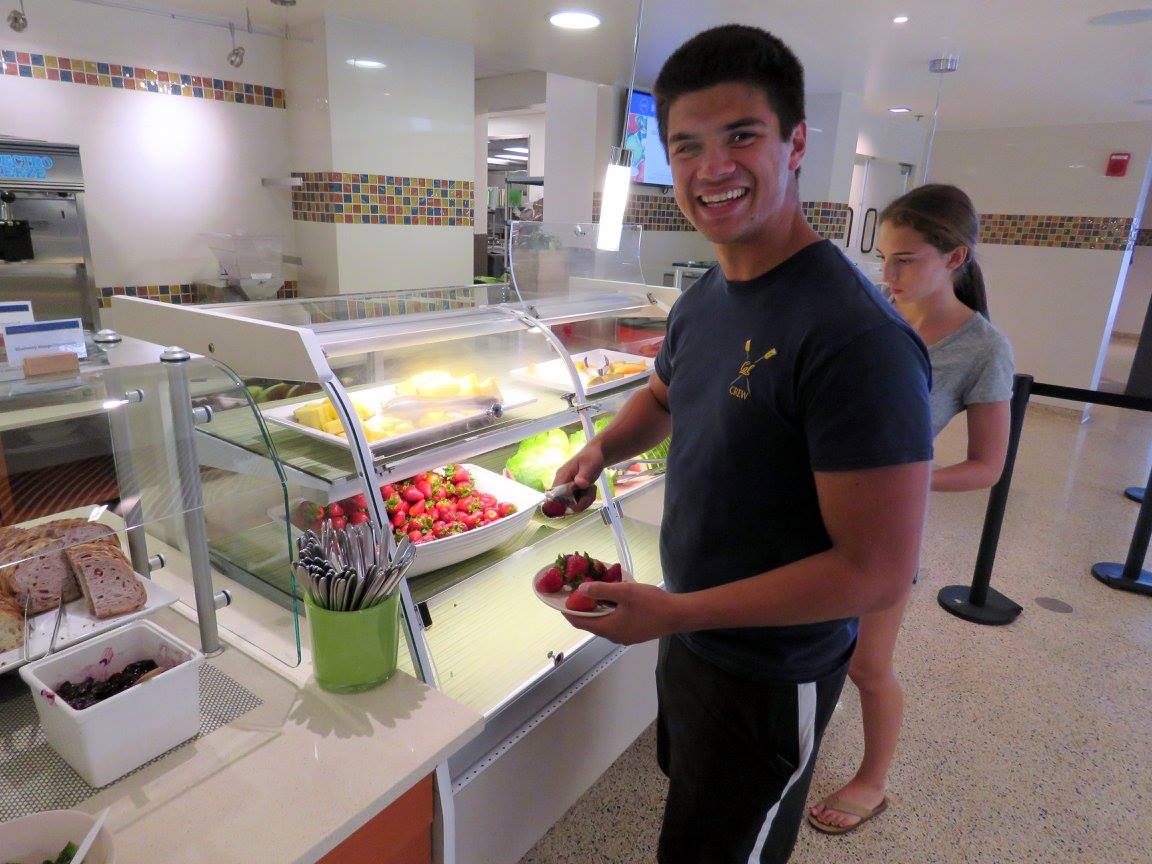By Karen Hallisey
Stay cool without a cost to the environment by adopting eco-friendly practices this summer. There are several simple ways to incorporate sustainability into your life. Here are eco-conscious efforts to make at home and on the go to have a positive impact all season long.
The temperatures are climbing, and you’ll need to stay hydrated, as well as caffeinated for the morning commute if you are still traveling to campus for work or a summer session class.
Carry your own reusable mug and water bottle. ‘Tis the season for picnics and BBQs too so for outdoor dining happenings, have a plastic-free summer by choosing reusable utensils and dishes. Single-use plastic waste lasts much longer than summer break. When these items do finally break down, they release greenhouse gases that pollute the air. Be part of the solution and don’t contribute to more pollution!
And while you are shopping, be sure to bring a bag to carry your purchases, consider buying secondhand, and when it comes to grocery items, eat local! Westwood Village hosts a Farmers Market every Thursday on Broxton Avenue.
Sunscreen offers protection for your skin and can also protect the planet when you opt for reef-safe options. Reef-friendly sunscreens are without harsh chemicals such as benzophenones, parabens, and other skin irritants that are also environmental pollutants. Enjoy the seaside and keep ocean life like algae, fish, and marine mammals safe by only using eco-friendly sunscreen.
Back at home, remember to unplug. Curb your energy use, shrink your home’s footprint, and save money on utility bills.
Open windows to keep it cool instead of cranking up the air conditioning. Also, reduce electricity by using natural lighting to brighten up rooms instead of hitting the switch on lamps and other lights. Avoid energy vampires and phantom power by unplugging all appliances not in use.
With the weather extra pleasant, consider getting out from behind the wheel and driving and hopping in the bike saddle or on a bus seat.
Also, think about giving back with a park or beach clean-up. And if you’ll be taking a trip, go sustainably. Instead of renting a car to get around, opt for sightseeing on foot or by bike and utilize your new destination’s public transportation options.
Now, go outside and enjoy the summer break, Bruins! For more actions to take check out the 12 to Try in UCLA’s Sustainability Plan.



